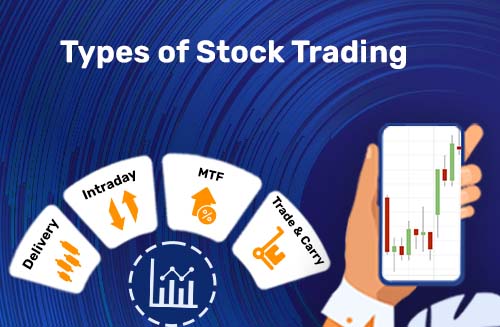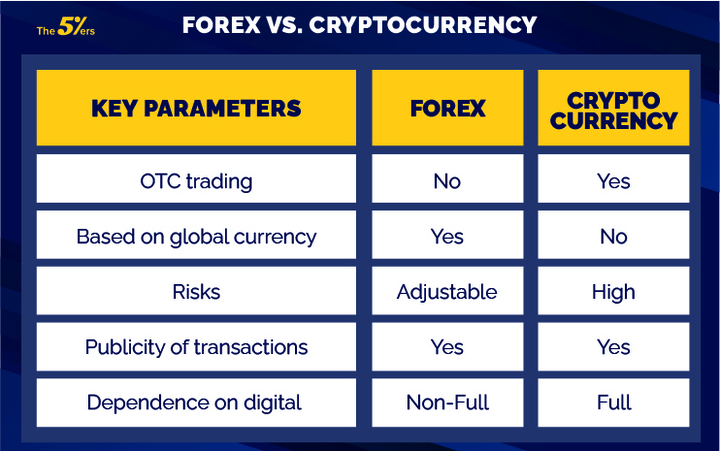It is possible to make money in share trading in India. However, you will have to put in a minimum capital of Rs 2 lakh to begin with. This capital should not be borrowed or taken from your core savings. Another important factor to consider is volume. There should be sufficient volume to trade stocks. Zelek recommends trading stocks in the Nifty-50 index. A good investment strategy for beginners involves trading stocks in companies with enough volume.
Intraday trading
The stock market is known to be highly volatile and it is easy to get caught up in the hype of day trading. Moreover, you are more likely to lose significant amounts of money. Intraday traders are usually speculators and take risks by making high-value trades. To protect yourself from such losses, you should always place stop-loss orders and profit objectives. These simple rules will help you become a profitable intraday trader in India.
Firstly, you need to decide how much you can risk on any one trade. Secondly, you must limit the number of open positions. Managing several trades at a time can be complex. Another tip is to check for any corporate events. These can present challenges as well as opportunities. Moreover, you should also know when to close your positions. You must be able to close your positions quickly to avoid losing too much money.
Options and futures trading
Futures and options trading are similar in concept but with slight differences in terms of risk and reward. Both rely on the underlying, which can be a stock, index, bond, or commodity. The difference between them lies in the type of payoff, which is linear or non-linear. For example, a trade in the futures market would require a margin of Rs 60,000 and would yield a profit of 200 points, or Rs 15,000 if the underlying were to fall by a similar amount.
The fees charged for futures contracts are relatively low. The fees associated with delivery transactions are typically very low, as the fees are 0.01% of the transaction value. The commissions for options and futures trading in India are minimal compared to the cost of trading shares on other exchanges. In addition, a small percentage of the transaction fee for futures trading in India is deductible from the seller’s tax returns.
Delivery trading
The share market is extremely volatile. All shares go up and down periodically. As a result, delivery trading is much more profitable than intraday trading, as you can sell your holdings whenever you choose. In contrast, intraday traders have to constantly monitor various parameters during market hours and risk losing their money by waiting for the price to reach the cost price. This type of trading allows you to take a profit even if you don’t sell your holdings immediately.
Intraday trading gives you high leverage. With this type of trading, you can buy more shares than your account balance allows. With 10x margin, you can buy shares worth INR 1 lakh. However, you should bear in mind that margin is not free and will cost you a fee. Delivery trading is mostly cash-settled, which means that you can only fund your trades with a clear balance. However, some brokers offer margin facilities for delivery trades.
Stock market volatility
There are a number of strategies to profit from stock market volatility. First, you must make sure to diversify your investments across asset classes. This way, even if the equity markets fall 30-40% in one year, you will still have a steady profit in your portfolio. Diversification also means investing in debt securities, such as G-Secs, bonds, and commercial papers. Next, you should consider investing in gold, mutual funds, ETFs, and sovereign gold bonds. Using this strategy will help you avoid the risk of losing more money than you are willing to risk.
Another important strategy to follow is understanding stock potential. This is crucial as the volatility in stock markets often goes through phases. Traders should reassess their investments at these times, and consider switching their portfolio to a more stable one. Investing in long-term equity stocks will also allow you to survive volatile periods without risk. Once you understand which stocks are likely to grow and develop in the future, you can invest in those companies.
Arbitrage-driven trading strategies
In India, arbitrage trading is a popular technique that uses stock price movements to make a profit. However, this type of trading is not risk-free and it is important to understand the risks involved. One of the main risks involved in arbitrage trading is execution risk, which is present when the market fluctuates rapidly. As a result, it is not always possible to perform arbitrage trading. Other risks associated with arbitrage include counterparty and liquidity risk.
Arbitrage involves buying and selling a stock at varying prices and taking advantage of the difference between these prices. In other words, arbitrage trader buys a stock in one market and sells it in another. The difference in price is the basis, or difference between the spot and futures prices. Futures prices are five-minute snapshots of the current price of an asset. Buying an asset in a cheaper market and selling it in a higher one increases demand and decreases supply. This process can be repeated a number of times, but eventually, price convergence takes place and the arbitrage opportunity is gone.
Minimum money to start trading
For new investors, it may seem difficult to figure out how much money to invest in the stock market. Although it is possible to start trading with just a few hundred rupees, it is recommended that you start with a higher amount to get the hang of the market. As a beginner, Rs 10,000 is a reasonable amount to invest. Once you have acquired knowledge of the market, you can increase the amount slowly.
The stock market is one of the most lucrative investments in the world and with discipline, you can build a decent corpus. But if you are new to the market, you might wonder, “How much money do I need to start trading shares in India?”





